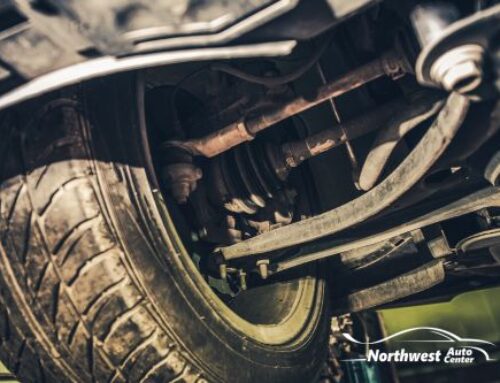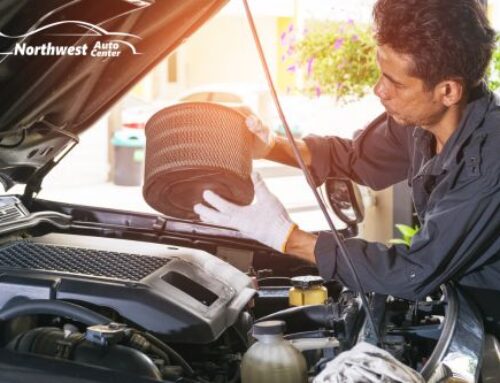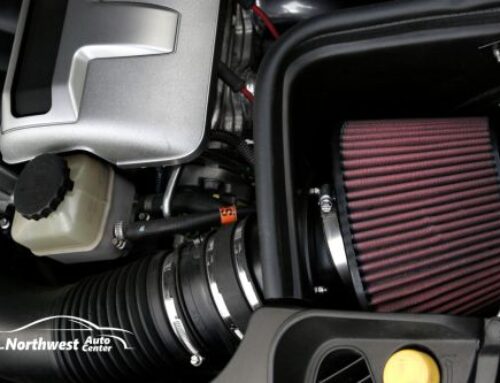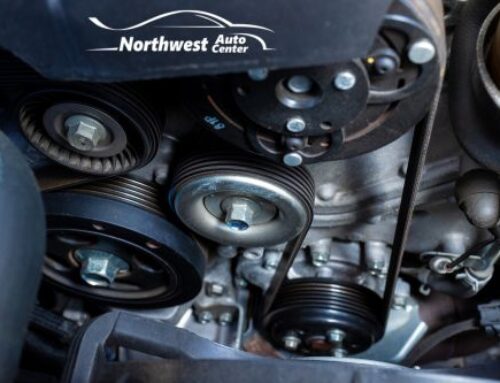
As a car owner, you are well aware that your vehicle needs regular care like tire replacements and oil changes. But, how often do you think about your car’s suspension?
Because drivers often think that suspension is only about a smooth ride, this part of the car can be overlooked a lot when it comes to repairs. Your suspension is made up of many parts and can affect the ability to steer and turn the car too.
Your car’s suspension basically connects the body of the vehicle to the wheels. It’s what gives the driver the ability to steer and move the car. The suspension is made of many things – tires, tire air, springs, links, and struts/shock absorbers.
That’s right, struts and shock absorbers are different components. They can be found in separate cars and are not interchangeable.
For example. If you have a car that is built with struts, you cannot replace those broken or worn parts with shock absorbers. So, what’s the difference?
The Difference Between Shocks and Struts
In basic terms, shocks and struts are designed differently. Shocks are meant to keep the vehicle from bouncing by absorbing any bumps that the car’s tires may hit while driving. Struts are part of the car’s structure, affecting the steering system and the car’s alignment.
After years of supporting three to four tons of metal, your suspension parts will eventually wear out. You’ll need to replace them. But, how do you know the signs of a worn suspension, especially when it comes to shocks and struts?
Signs of a Worn Suspension
Think you have a worn suspension? Signs and symptoms are broken into two categories: bad shocks and bad struts.
Signs of Bad Struts
1. Clunking Noises When Hitting a Bump
If your car is making knocking noises every time that you run over a pothole or a speed bump, you probably have a problem with the struts.
Struts are made of several parts that will wear out over time. Noises that come from either your front or back tires while driving could be the struts “bottoming out.” Essentially, struts that are not functioning correctly can cause more problems or break, stranding you on the road.
2. Bumpy Ride
If your ride is becoming more bumpy than usual, you could have a broken or defective strut that needs to be replaced. Your trusted auto professional can conduct a road test to determine precisely what the problem is.
3. Hovering Front End
Another tell-tale sign of a failing strut is a loose front end or if your car seems to veer to one side. If you’re having trouble keeping your steering aligned on the road, it’s definitely time to take the car into an automotive center.
4. Irregular Tire Wear
If your car isn’t absorbing bump impact well because of a bad strut, you will be able to see in the way your tires wear down. Uneven impact on your car means uneven tracks on your tires.
Signs of Bad Shocks
Shock absorbers are made of several different parts: The reserve tube, hydraulic fluid, a piston, a pressure cylinder, and valving that regulates the fluid that moves from one piston to the other when the car hits a bump.
1. Noticeable Vibrations While Driving
Sometimes the piston seal or the valve inside will break, causing the fluid in the shock to move unregulated. When this happens, the shocks don’t work correctly meaning you feel every tiny bump in the road. Noticeable vibrations in the steering wheel is a sign that you should talk to a professional.
2. Erratic Braking
Swerving when braking and turning is another sign that you have a problem with the fluid in the shock absorbers. If the liquid is unregulated, then it will heavily weigh to one side of the car during the turn, causing you to overcorrect the turn. The Texas Department Transportation reported that there were 1204 crashes in 2017 that occurred when drivers turned too sharp or too wide.
3. Fluid Leakage
Noticeable signs of fluid leakage mean that you probably have a crack in the seal that connects the shaft to the shock’s body. The leaking fluid will run over the shock and onto the ground. Losing fluid from the shock only means it’s a matter of time until you need to replace it.
4. Irregular Tire Wear
When you have a worn shock, the car can slip and slide all over the road. As this happens, the tires are not always equally touching the ground and will wear down unevenly. This can be dangerous for many reasons, one including tire traction.
It’s important to remember that shocks and struts are not interchangeable and you should consult your mechanic before making any changes to them. If you notice any of the symptoms of worn suspension or damaged shocks and struts listed above, give us a call at Northwest Auto Center of Houston (281) 894-8880.






Leave A Comment
You must be logged in to post a comment.